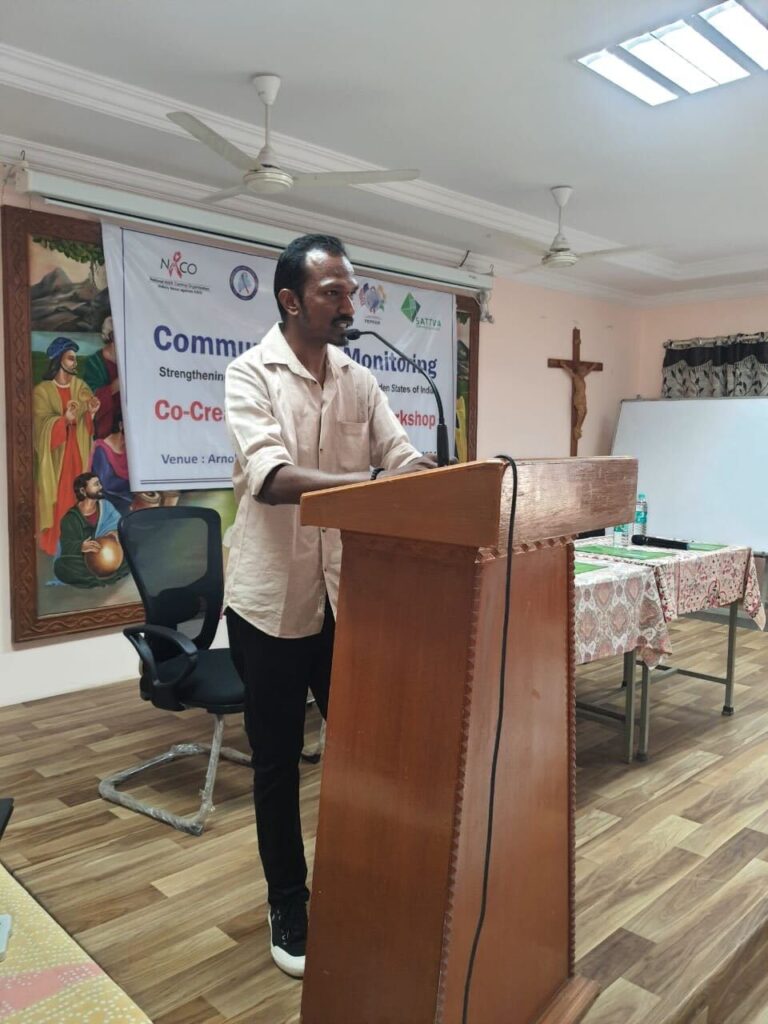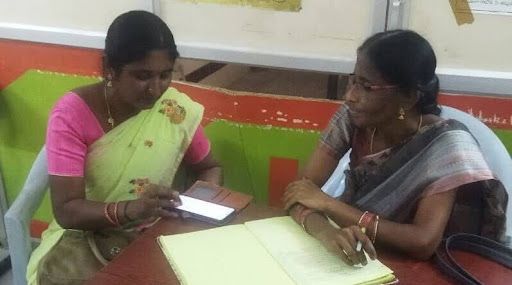Optimal Breastfeeding can boost maternal and child health worldwide
According to WHO & UNICEF, over 820,000 lives can be saved annually through optimal breastfeeding. Breastfeeding can significantly improve the health of children and mothers resulting in economic benefits equivalent to USD 300 billion worldwide annually.
The optimal breastfeeding practice recommended by WHO is to initiate breastfeeding within one hour of birth, exclusively breastfeed (EBF) for the first six months, followed by breastfeeding and complementary feeding for a minimum of two years thereafter.
India has not scaled its breastfeeding rates as desired
Research has shown breastfeeding rates have not scaled as desired in India (NFHS 4). While institutional deliveries have increased from 40% in 2005-6 to 78% in 2015-16, breastfeeding initiation in the first hour is still low at 48.5%, with EBF rates for the first six months at 55%. These numbers point to a missed opportunity to enable breastfeeding at birth and sustain those practices effectively thereafter.
In public hospitals, the front-line workers (FLWs), doctors and nurses are expected to provide information and support on breastfeeding. However, inadequate staffing, low awareness and incentivisation for other activities over breastfeeding play a role in why this is not prioritised. In the private sector, where regulation is limited, there is low awareness and limited incentives for doctors and nurses, who are the key caregivers to mothers. Many caregivers encourage mothers struggling with breastfeeding to lean towards formula food.
Why are breastfeeding rates low?
Considering breastfeeding is a natural process, we assume that it comes naturally to every mother. However, issues range from incorrect latching, doubts on milk sufficiency, lip and tongue ties, delayed onset of milk (which require individual counseling) to mastitis and breast abscess (which require medical intervention and sometimes, surgery). Predominantly, lack of timely awareness and sustained support mean that mothers are ill-equipped to address such issues and this can ultimately, lower their confidence to breastfeed.
A three-pronged approach is required to address these barriers:
1. Awareness generation to ensure that families have the right information
• Counselling should start early (during pregnancy) and be extended to the family, especially the primary support system (spouse, mother, siblings, mother-in-law) to ensure a supportive and encouraging environment.
• Ensure adequate and frequent training to all who impart breastfeeding counselling (including frontline workers, doctors and nurses). Training should also be a part of the curriculum for medical and nursing students.
2. Skilled counselling to overcome barriers and enable appropriate behaviour
• Invest in dedicated skilled lactation counsellors for breastfeeding counselling at a public district hospital level. A cost-benefit analysis (EPW ) has shown that it will strengthen the government’s agenda on breastfeeding and promote best practices.
• Invest in sustainable models of skilled counselling in private facilities that focuses on demand creation along with ensuring a pool of trained counsellors.
• Boost private and public partnerships to address availability and quality of care by filling gaps in the public sector through appropriate incentivisation
3. Peer support groups to sustain the behaviour for the desired period
There is strong evidence to show how support groups improve breastfeeding rates. It is important that such groups work with families, as they play a significant role in busting myths and stigmas and stopping mothers from abandoning breastfeeding. . We need to:
• Institutionalise and sustain peer and mother support groups in the public sector by working closely with frontline workers and communities
• Strengthen and replicate successful existing peer networks and use them to accelerate breastfeeding outcomes in the private sector through enabling the right partnerships
It is critical these strategies all work in tandem to achieve favourable outcomes.
Finally, it is the choice of the mother
In India, we see a gap between intent and implementation. Strengthening policy, enabling working parents, increased funding and rigorous monitoring are critical enablers in reducing these gaps. In addition, catalysing the private sector to focus on innovation and demand-led models to increase breastfeeding rates are important, especially as the private sector starts to play a larger role in healthcare.
The choice to breastfeed lies with the mother. What the ecosystem should ensure is that her choice is backed by the right information and the necessary emotional and medical support throughout her breastfeeding journey.
————————————————————————————–
An edited version of this article was published in BW Wellbeing World to mark World Breastfeeding Week.
Talk to us: impact@sattva.co.in




